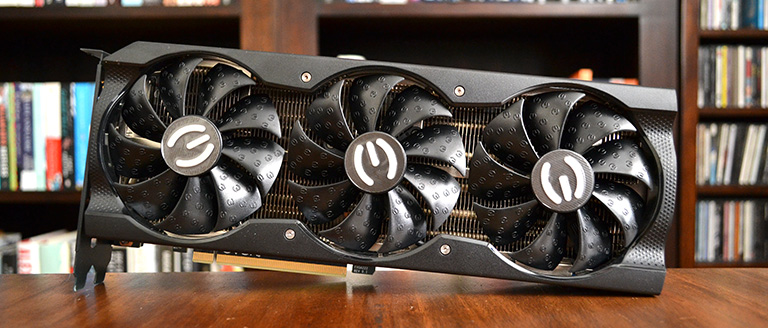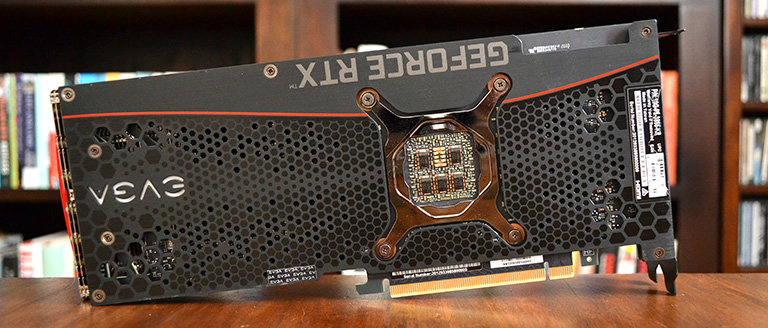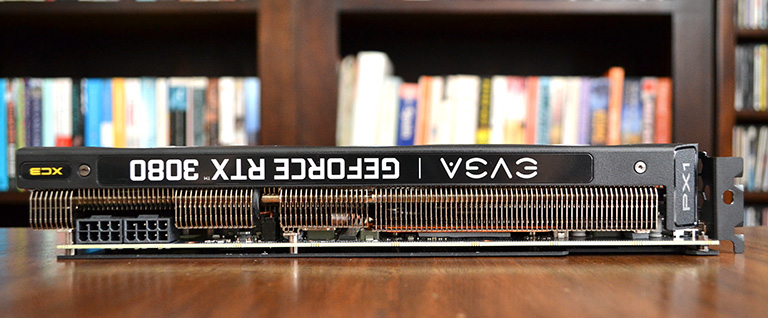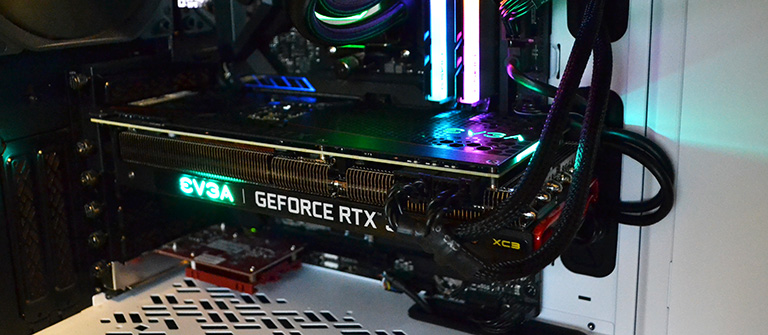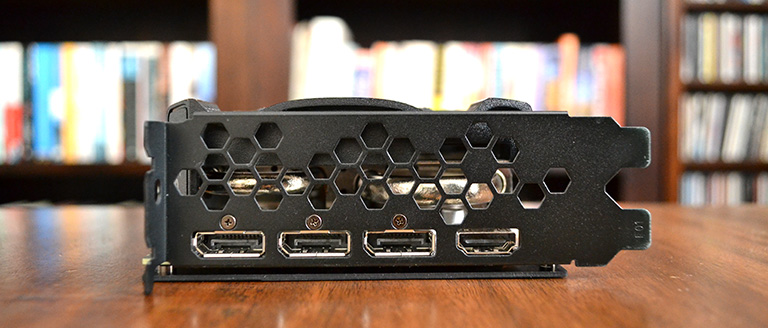Introduction
The final GeForce RTX 3080 to grace the labs is from Nvidia stalwart EVGA. Part of a five-strong line-up, the XC3 Ultra Gaming slots neatly into the middle of the stack, above the regular XC3 and below the more enthusiast-oriented FTW3.
Tentatively priced at $770 (£730?), XC3 Ultra Gaming follows EVGA's established recipe of offering incrementally more at each step. It shares the same physical 285mm x 111mm x 42mm (LxWxH) footprint as the XC3 Black Gaming and XC3 Gaming. Moving up from the base model introduces a metal backplate, while this Ultra variant ships with a higher core boost clock of 1,755MHz, compared with 1,710MHz for the lower-specced duo. FTW3, meanwhile, introduces a larger form factor, higher speeds, and dual BIOSes. Choices, choices. As expected, all employ 10GB of GDDR6X running at the default 19Gbps.
Back on point, the Ultra's modest dimensions are (nicely) at odds with most other partner cards. We like that EVGA restrains the form factor to what it describes as a 2.2-slot affair. Weighing in at 1,188g and therefore doing without the support bracket many are bundling, it's superbly built and carries on the good work from the 20-series using what appears to be the same cooling.
The metal backplate is more for show than performance, as it touches nothing of genuine note on the rear of the PCB. Unlike most competitors, the PCB extends the entire length of the card - others leave a large section bare on the left-hand side for through-the-board cooling - but we see no downside to this as the upper heatsink is, as you will see, capable of dealing with the higher wattage produced by the RTX 3080.
To that point, EVGA leaves TDP at 320W for the XC3 and FTW3 families, going against the grain of hiking it for extra performance. One can debate such a move in both ways. Further overclocking offers relatively minor performance gains whilst simultaneously raising the spectre of instability. Yet having, say, a 350W target enables the card to achieve a higher peak boost speed for longer, helping it stand out in a congested market, especially if the cooler is capable. EVGA opts for conservatism.
The clean look and feel continues as we view the side. Twin 8-pin connectors make sense on the XC line; FTW has three. The single, card-wide heatsink's heatpipes converge at a copper block in contact with the core. Thermal pads cover all hot-running components.
EVGA continues to have a hybrid-fan mode where the trio of spinners switch off at low load. They transition back to operational smoothly, eradicating the stop-start whirring noise we sometimes hear from badly-tuned firmware.
RGB is present via two-zone lighting on the side and top. It's bright and even but can be turned off via Precision X software. We're not convinced by the 'go faster' red addition to the front as it detracts from the otherwise minimalist look.
There's no possibility of SLI so the relatively modest dimensions mean it looks small ensconced inside our Fractal Design Define 7 chassis.
The three 80mm fans sit just proud of the I/O shield which carries the usual display arrangement of three DisplayPort and a single HDMI.
Backed by a three-year warranty and part of the RTX 30-series Watch Dogs: Legion promotion, EVGA does most things right from a build and presentation point of view. Let's now roll the numbers to see if can continue the good work.






